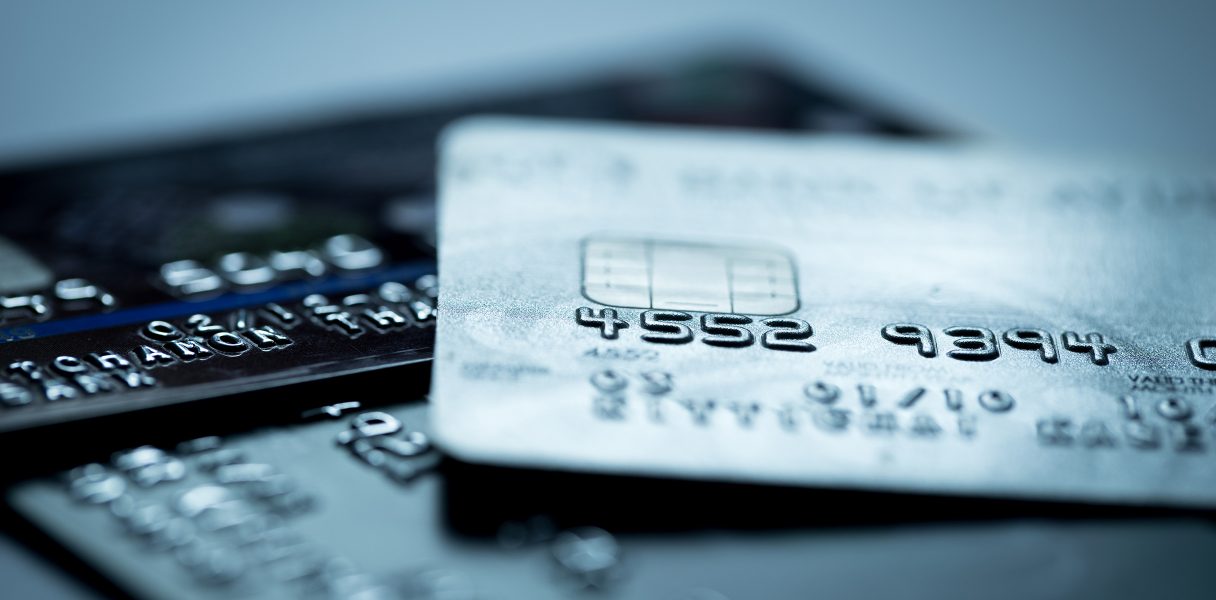
 Chargebacks and Your Merchant Account
Chargebacks and Your Merchant AccountThey compromise credibility and standing with financial institutions, but understanding risk factors and implementing the right tools can help you prevent and manage them.
A chargeback is a forced refund from business to customer after the customer disputes a payment. Instead of getting a refund directly from the merchant, the customer initiates the chargeback by bringing a claim to the payment card-issuing bank. Through a retrieval request, the issuing bank asks the merchant for proof of the authorized transaction. After more investigation, and if the customer’s claim is valid, the issuing bank removes the funds from the merchant’s account and replaces them in the customer’s account. If the issuing bank and merchant bank can’t come to an agreement about whether the chargeback is warranted or not, the credit card company steps in to make the final decision in an arbitration process.

Customers initiate chargebacks for a variety of reasons. They might have paid for something they never received, received subpar goods or services that didn’t match the company’s advertising, or fallen victim to a billing error or fraudulent charge. The typical window for customers to ask for a chargeback is 120 days from the payment date.
With their ability to reverse card purchases, chargebacks keep businesses accountable by ensuring that they provide quality goods and services, issue refunds when necessary and keep cardholder data safe from fraud. Businesses that incur a lot of chargebacks lose credibility and are classified as high risk by service providers, resulting in higher transaction fees or disapproval for merchant accounts.